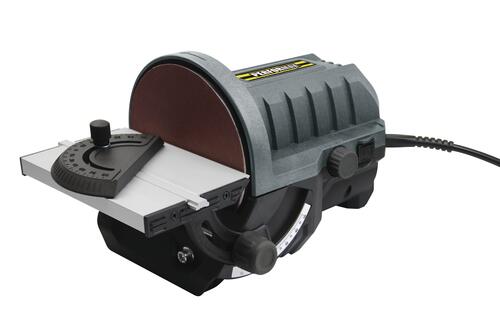My method is dependent on having some kind of tube insert to make tube rigid, but I use a standard pipe cutter. So, for ~$40 you can cut anything up to ~2.125" to 2.5" (depends on the pipe cutter you get/have) diameter with perfectly straight cuts.
So, where do I get the tube inserts from? I'm glad you asked! I have a 3D printer so, I measure them out and print cutting inserts to make the tube rigid so the pipe cutter can do its thing.
View attachment 550873
Anyway, this is my pipe cutter. The tube has the insert in it that I 3D printed and both ends of the tube have been cut.
I do have another pipe cutter that cuts up to 3.5" diameter tubes, but it was pretty expensive, over $100. I wouldn't expect that to make sense more most people. I cut quite a few tubes, so it made sense to save time. I make rockets out of AT and CTI packaging tubes. 54mm packaging tubes were too big for the pipe cutter pictured above. I also make my own sugar motors and I use this same method for cutting liners/casting tubes.


















